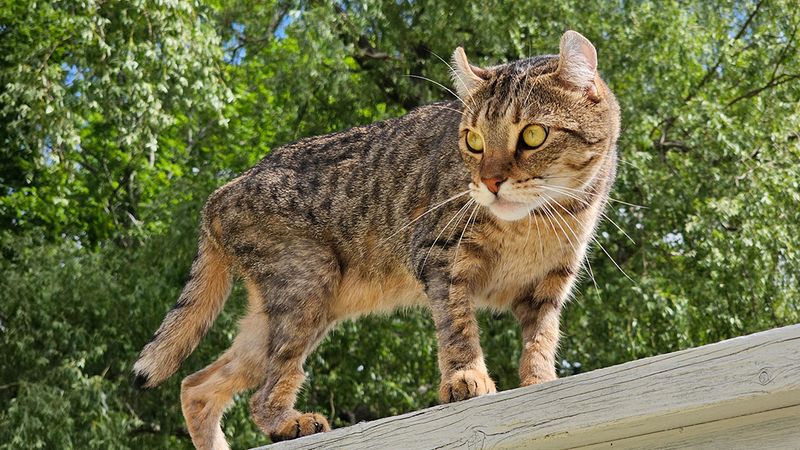In scenes that wouldn’t be out of place in The Last Of Us, rabbits with zombie-like growths sprouting out of their heads have been spotted hopping around Colorado in recent days. Residents have shared photos of the nightmarish creatures on social media, with users comparing them to “Frankenstein” and branding them "demon-rabbits" – so what on Earth is going on?
The rest of this article is behind a paywall. Please sign in or subscribe to access the full content.The beleaguered bunnies are infected with cottontail rabbit papilloma virus – also called Shope papilloma virus – which is spread by biting insects, such as mosquitoes and ticks, and causes black nodules on the skin, usually on the head, which can become elongated and may come to resemble horns.
Fortunately for those infected, “the growths have no significant effects on wild rabbits unless they interfere with eating/drinking,” according to Colorado Parks & Wildlife. “Most infected cottontails can survive the viral infection, after which the growths will go away.”
It’s also good news for other Coloradoan creatures – the virus is specific to rabbits and so will not spread to different species. Still, people are being warned not to touch the infected rabbits, and pet owners should be aware of the risk of transmission to domestic bunnies, especially if housed outdoors, where they may be exposed to wild rabbits or biting insects. The disease tends to be more severe in pet rabbits, so any found sporting the characteristic “horns” should be treated by a veterinarian.
Outbreaks of the disease are more common in summer and fall, when disease-carrying insects are at their most prolific, which may explain the apparent uptick in sightings of “zombie” bunnies of late. As such, rabbit owners are advised to keep their pets indoors during these seasons, per PetMD.
Reports of horror movie-esque bunnies began on Friday (August 8), when a resident of Fort Collins, Colorado, raised the alarm, Kara Van Hoose, a spokeswoman for Colorado Parks and Wildlife, told The New York Times. Since then, the department has received over a dozen calls about disturbing rabbit sightings, mostly from people in Northern Colorado.
“We’re so used to seeing rabbits, so they’re like, ‘Oh my god, what is that on its face?’” she said. “‘I know what a rabbit is supposed to look like, and that’s not it.’”
Though it’s undoubtedly disconcerting, it’s nothing to worry about, Van Hoose affirmed.
“Nature is metal,” she told The New York Times, “and this can be kind of cool looking on different rabbits.”




